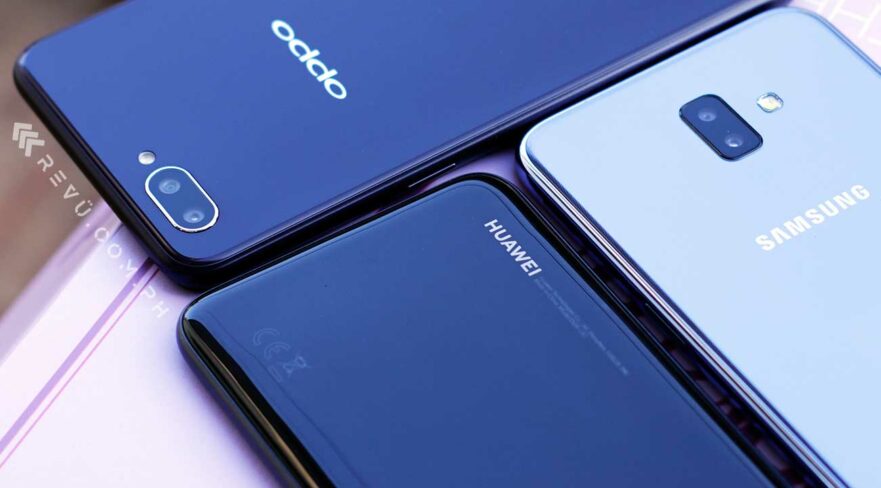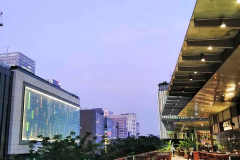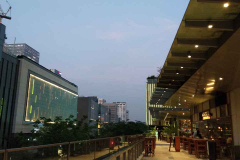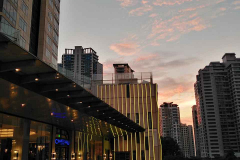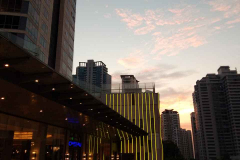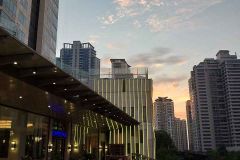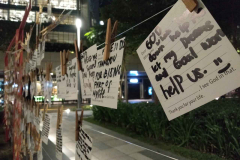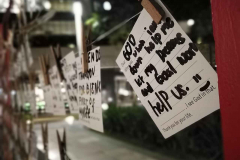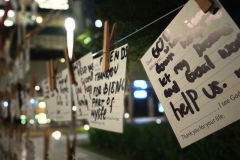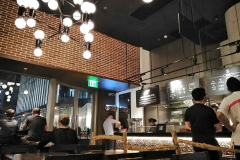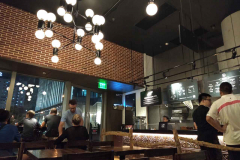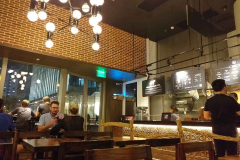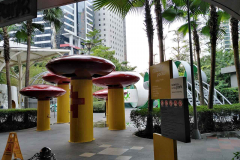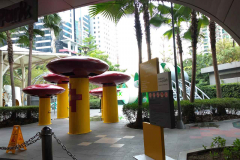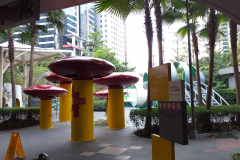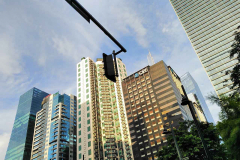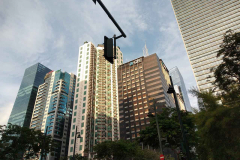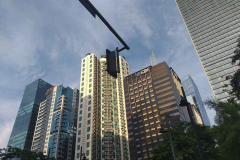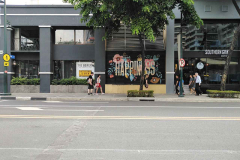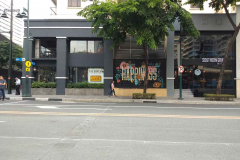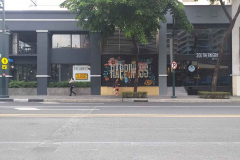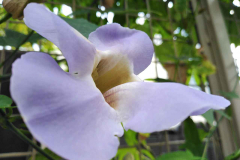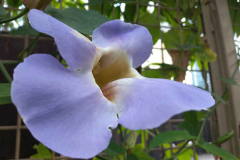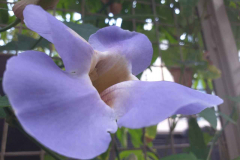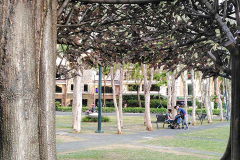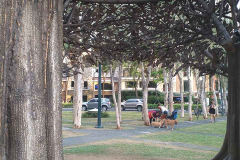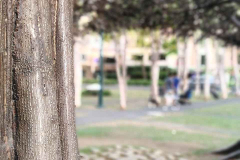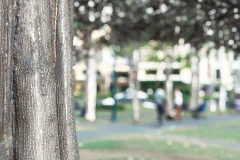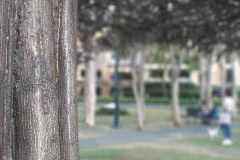The Huawei Y7 Pro 2019, OPPO A3s, and Samsung Galaxy J6 Plus are three of the more popular options in the current budget-phone market. We’ve sought to differentiate between these offerings from Huawei, OPPO, and Samsung by pitting them against each other in this in-depth comparison. And there’s a clear winner here.
But before we get to our pick, let’s discuss local pricing. In the Philippines, both the Y7 Pro and A3s — the one with 3GB of RAM and 32GB of storage — are priced at P9,990 (around $193), while the Galaxy J6 Plus sells for a bit more at P10,990 ($212). The latter is more expensive, but a higher price doesn’t necessarily equal higher quality or faster performance. So, which phone managed to come out on top? Read on to find out.
Design and hardware
The Huawei Y7 Pro 2019 shows off a more modern design compared with the other two phones, with a gradient color option; a tiny, almost-negligible dewdrop notch on the front; and a polycarbonate rear that curves on the left and right edges. It feels great on the fingers and sits in the palm nicely. It isn’t even that slippery unlike most plastic-clad phones.
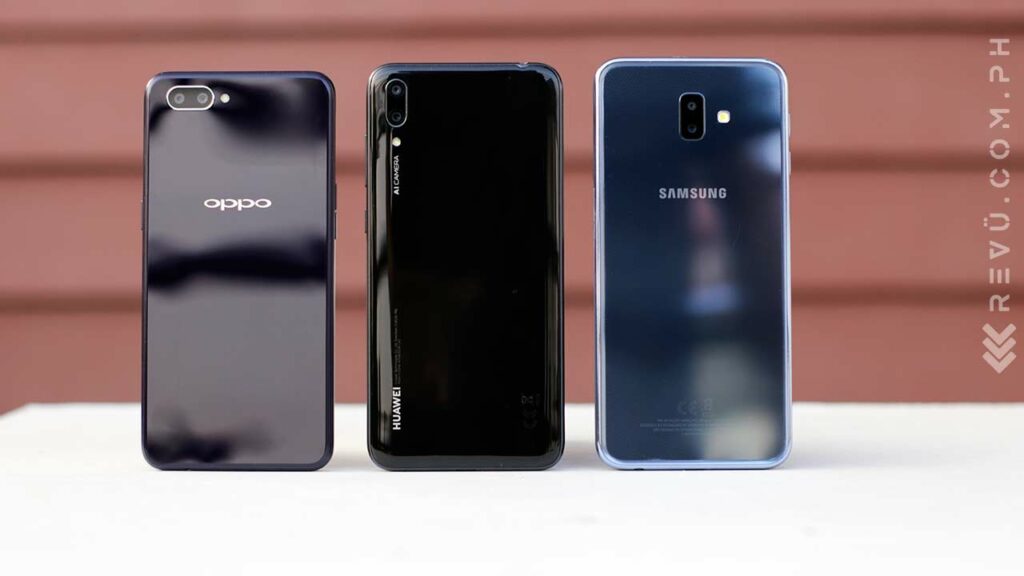
How about you? Which one is more suited to your taste?
Both the Samsung and OPPO handsets have flat backs, though the A3s looks less enticing than the Galaxy J6 Plus, which sees a grid pattern under its reflective, glass-like panel. The A3s just looks too plain, in our opinion.
The Y7 Pro’s small bezels also create the impression that it’s not as tall or wide as the Samsung Galaxy J6 Plus, and using it with one hand won’t be an issue for most people. This, despite the fact that the Y7 Pro boasts the biggest screen of the bunch.
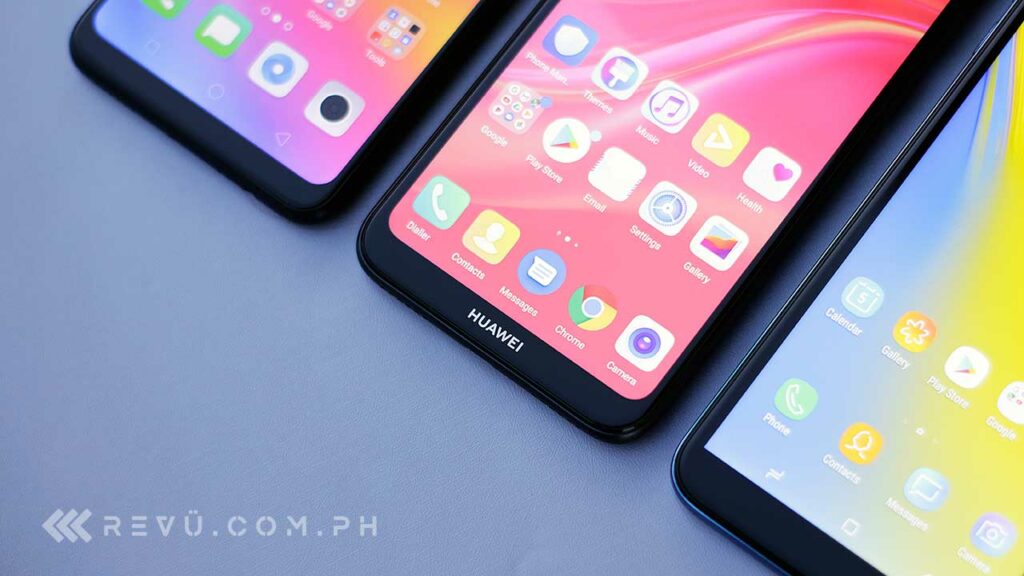
The Huawei Y7 Pro 2019’s small bezels create the impression that using it with one hand won’t be an issue for most people. This, despite the fact that the Y7 Pro boasts the biggest screen of the bunch
The hardware button placement is convenient on the Huawei and OPPO phones, but we prefer the location of the buttons on the Y7 Pro 2019, where the volume and power keys are all placed on the right side. The A3s has a power button on the right, while the volume rocker sits on the opposite side of the frame.
The volume buttons on the left of the Samsung Galaxy J6 Plus are too far from the center of the body, which makes pressing them — especially while holding the device with one hand — much harder.
SEE ALSO: Huawei Y6 Pro 2019 vs Samsung Galaxy J4 Plus vs OPPO A3s
To Samsung’s credit, however, the J6 Plus is the only handset in this comparison with a fingerprint reader. It’s not obvious at first glance because it’s embedded into the power button along the right edge. The Y7 Pro and A3s, meanwhile, allow users to unlock their phones using facial recognition with the help of the front-facing camera. All three smartphones have a single speaker, a headphone jack, and a standard microUSB port for charging.
Screen
When it comes to display size, the three phones match up well against each other, though the Huawei Y7 Pro 2019 has a slightly larger screen measuring 6.26 inches on a diagonal. The OPPO A3s comes in second place with a 6.2-inch display, while the Samsung Galaxy J6 Plus features a panel that is 6 inches across, the smallest of the trio.
In terms of clarity, all three share the same 720p resolution, but the screen on the J6 Plus isn’t as tall as those on the Y7 Pro and A3s. And the side bezels on the Samsung handset are the thickest. It doesn’t have a notch as well, which means you can expect large top and bottom bezels that, frankly, makes this phone look a little dated and bigger than it needs to be.
The bezels that frame the Y7 Pro 2019 and A3s are a lot smaller and allow for a higher screen-to-body ratio of about 80 percent to both devices. As usual with smartphones with a notch at the top of the screen, you can hide the cutout by going into the settings and adding black bars via software to merge it.
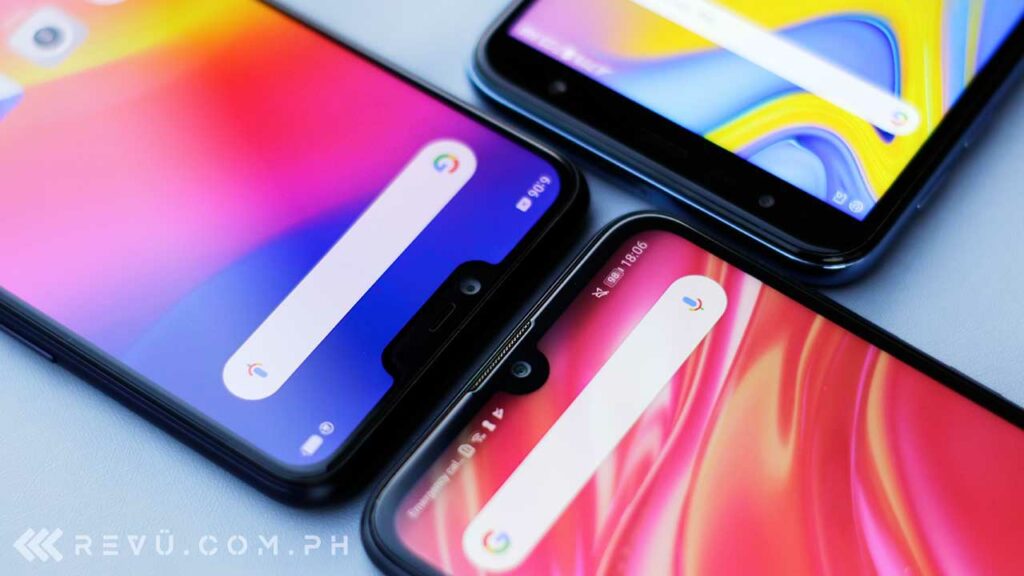
It’s also worth mentioning that the Y7 Pro and A3s include support for full-screen gestures that offer a more convenient way to navigate the interface with swipes instead of button presses or taps on icons. The Galaxy J6 Plus lacks this feature, which is something of a shame but not surprising considering it’s running on an older version of Samsung’s Android skin.
Notch aside, the LCD displays on the Y7 Pro, A3s, and Galaxy J6 Plus look decent for the price. Colors are pretty accurate out of the box, the brightness seems to be good enough for outdoor use when the sun isn’t too bright, and viewing angles, while not excellent, are sufficiently wide.
If we had to pick a winner here, it would be the Huawei Y7 Pro 2019. It’s bigger, pairs a small notch with narrow borders around the display, and the picture quality is fine overall. Nothing sticks out as particularly bad.
Cameras
All three devices have dual cameras with a 13-megapixel main camera and a depth sensor for portrait-style shots. However, only the Huawei Y7 Pro 2019 includes an artificial-intelligence option for the back-facing camera.
The phone’s AI will automatically recognize blue skies, for example, and take a picture with what it thinks are the ideal settings for capturing them. It will also pick the right settings for you when shooting at night or in low light, even though the camera app itself does not have a dedicated Night mode.
12 sets of pictures shot from nighttime to daytime, with two groups getting versions captured in Portrait mode. The first photos in each set were taken with the Huawei Y7 Pro 2019; the second, OPPO A3s (3GB/32GB); and the third, Samsung Galaxy J6 Plus
And because AI does the work for you before you hit the software shutter key, the photos captured on the Y7 Pro will typically come out showing richer colors, greater dynamic range, and better depth than those shot on the Galaxy J6 Plus and A3s.
The Huawei phone also beats the competition in selfies, sporting a 16-megapixel front camera compared to 8 megapixels on the J6 Plus and A3s. Selfies are predictably sharper on the Y7 Pro 2019, and skin tones are rendered realistically under decent lighting.
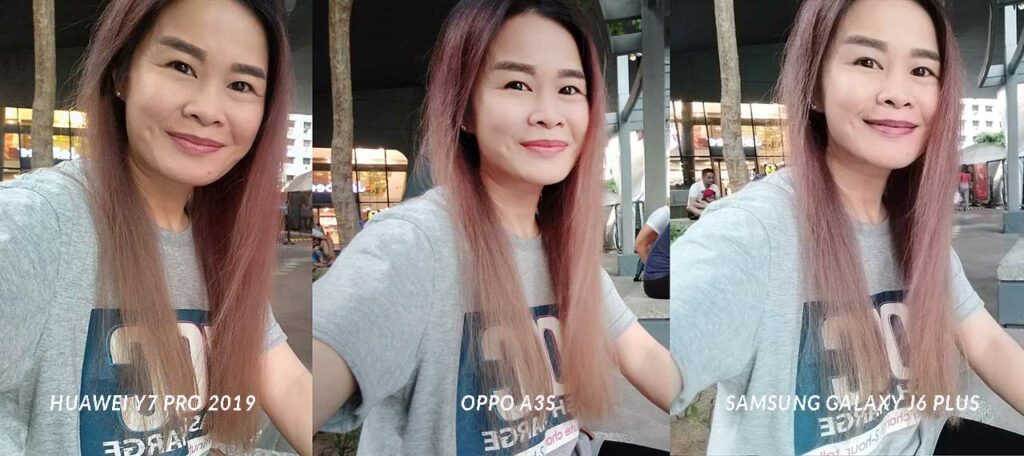
Daytime selfies: The ‘real me’ was shot on the Huawei Y7 Pro 2019
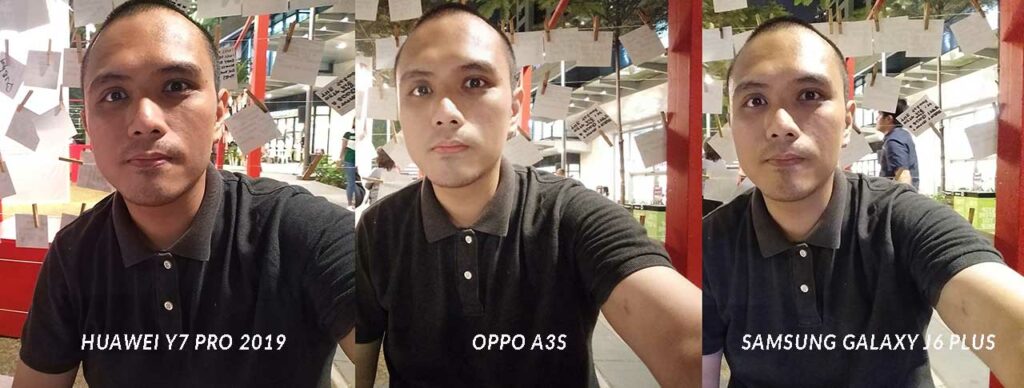
Selfies
Performance
Historically, budget phones have had a reputation of not being as responsive as more expensive models, and their gaming performance leaves a lot to be desired. That’s hardly surprising considering how much they cost.
While that’s no less true with the Samsung Galaxy J6 Plus, which is powered by a slower, less capable Qualcomm Snapdragon 425 chipset, the Huawei Y7 Pro 2019 and OPPO A3s don’t stutter quite as often as you move around the user interface and in and out of apps. They also deliver acceptable frame rates in high-quality games such as NBA 2K19 and PUBG Mobile.
The Huawei Y7 Pro 2019 and OPPO A3s don’t stutter quite as often as the Samsung Galaxy J6 Plus as you move around the UI and in and out of apps. They also deliver acceptable frame rates in high-quality games such as NBA 2K19 and PUBG Mobile
You see, they both pack a Qualcomm Snapdragon 450 inside, which is actually more in line with the Snapdragon 625 and Snapdragon 626 — mid-tier processors, in case you’re not familiar — in terms of computing power and graphics-rendering ability. The J6 Plus just doesn’t offer the same graphics performance as the Y7 Pro and A3s. It doesn’t feel as slick or smooth as the competition either.
Now, if we were to choose between the Y7 Pro and A3s, we’d pick the Huawei phone because it ships with EMUI 9 based on Android 9.0 Pie, which is the latest Android version. By contrast, both the A3s and Galaxy J6 Plus run a customized build of Android based on last year’s Oreo release. EMUI 9 comes with essential security patches alongside handy interface improvements that make the Y7 Pro easier to use.
In case you are curious about benchmarks, you’ll find the scores for each device below. A higher number indicates better performance. Also note that the phones used in the tests have 3GB of RAM and 32GB of internal storage.
- Huawei Y7 Pro 2019: 73,086 (Antutu Benchmark), 760 (Geekbench single-core score), 3,766 (Geekbench multi-core score)
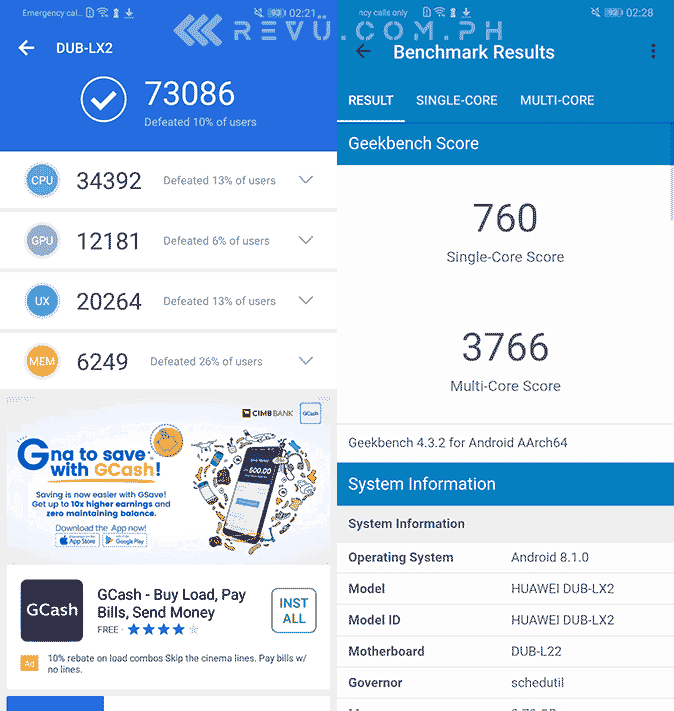
Huawei Y7 Pro 2019: Antutu and Geekbench benchmark scores
- OPPO A3s: 69,066 (Antutu Benchmark), 689 (Geekbench single-core score), 2,593 (Geekbench multi-core score)
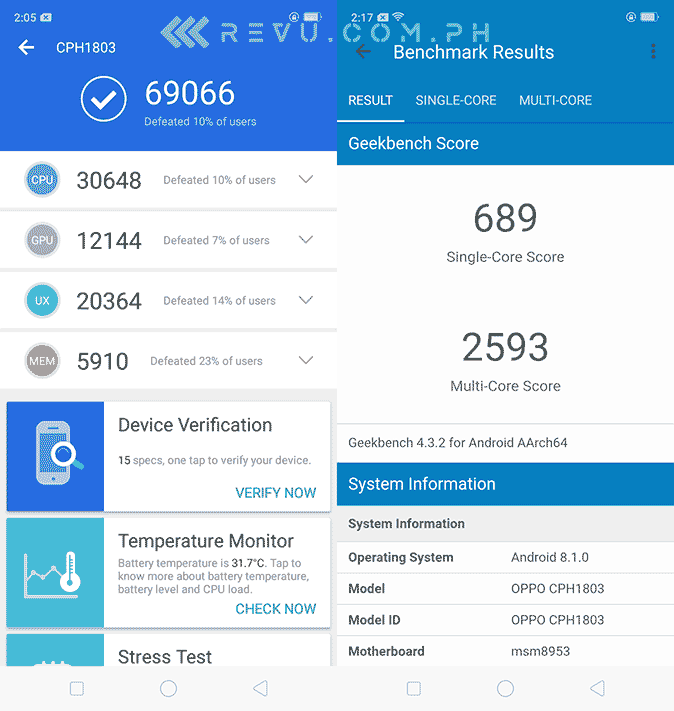
OPPO A3s (3GB/32GB): Antutu and Geekbench benchmark scores
- Samsung Galaxy J6 Plus: 43,445 (Antutu Benchmark), 558 (Geekbench single-core score), 1,517 (Geekbench multi-core score)
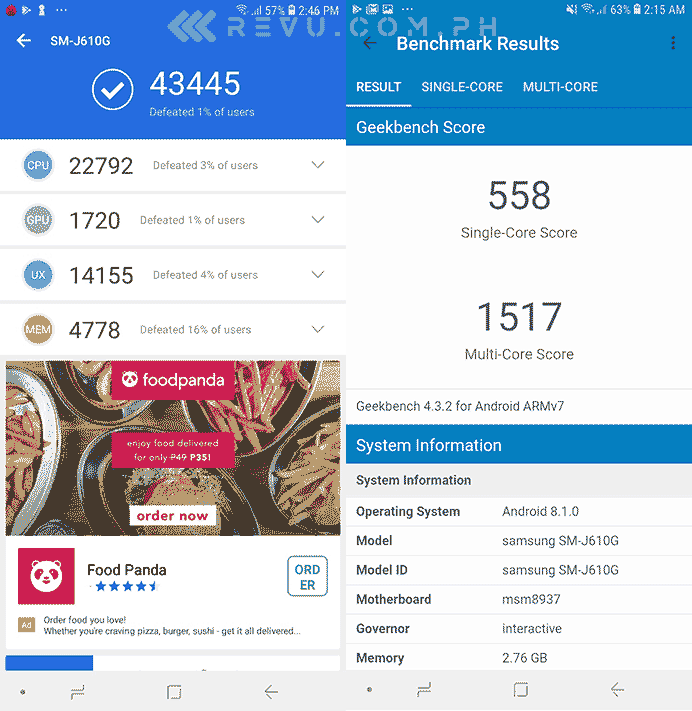
Samsung Galaxy J6 Plus: Antutu and Geekbench benchmark scores
Battery life and charging
The OPPO A3s carries a 4,230mAh battery, the Huawei Y7 Pro 2019 has one rated at 4,000mAh, and the Samsung Galaxy J6+ comes with the smallest battery pack of the lot — 3,300mAh.
How long does each device’s battery typically lasts when you spend the day taking photos, browsing social media, and other basic tasks? We found that the three phones can last well over a day on a single charge, but the A3s offers better mileage than the Y7 Pro and Galaxy J6 Plus because of its higher capacity.
The three phones can last well over a day on a single charge, but the OPPO A3s offers better mileage than the Y7 Pro and Galaxy J6 Plus because of its higher battery capacity
Of the three, however, only the Huawei handset comes with a power brick that delivers 10 watts of juice for faster charging, whereas the Samsung Galaxy J6 Plus and OPPO A3s ship with slower 5-watt chargers. While not uniquely quick, this allows the phone to get from zero to full capacity in under two hours. The other two take longer to fill up.
As far as usage and charging times are concerned, the Y7 Pro has the advantage here. While it might not be as long-lasting as the OPPO, it juices up much faster.
The winner
The budget category offers many excellent options these days. It’s actually becoming increasingly difficult to justify spending a whole lot of money on a device that isn’t a whole lot better than what you get from phones like the Huawei Y7 Pro 2019.
This handset took the most wins in this comparison, edging out its rivals with a feature set that impresses where it counts. Obviously, it helps that it costs less than the J6 Plus, the most expensive option in the lot. The Samsung Galaxy J6 Plus and OPPO A3s are respectable choices as well, but there are compromises to be made for choosing either.
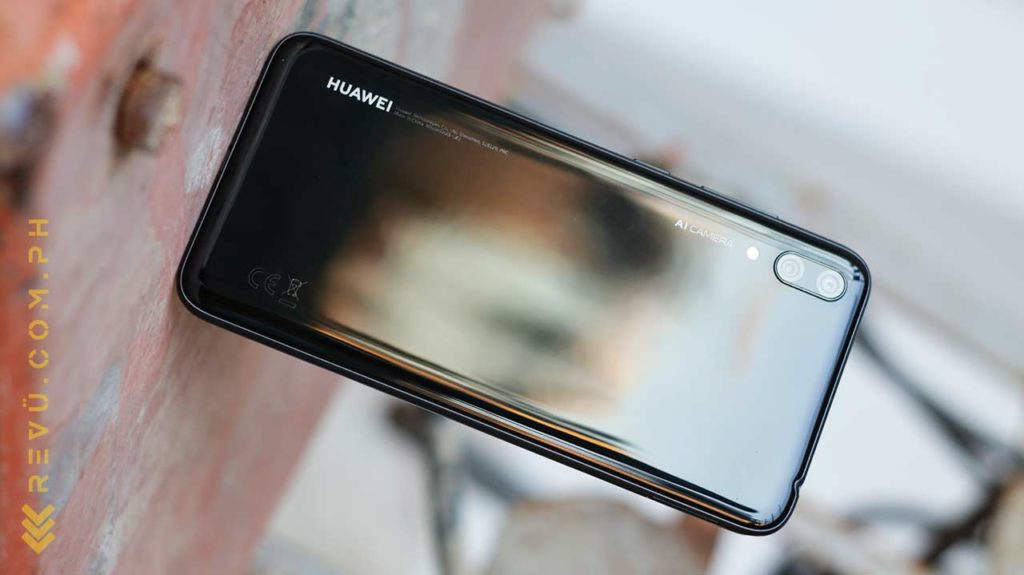
The clear winner
Huawei Y7 Pro 2019 specs
- 6.26-inch LCD display, 1,520 x 720 resolution (19.5:9)
- Octa-core Qualcomm Snapdragon 450 processor
- Adreno 506 GPU
- 3GB RAM
- 32GB expandable memory
- Dual 13- and 2-megapixel rear cameras with LED flash
- 16-megapixel front camera
- 4,000mAh battery
- EMUI 8.2 based on Android 8.1 Oreo
- Colors: Aurora Blue, Midnight Black
OPPO A3s specs (the 3GB/32GB model was used for this comparison)
- 6.2-inch LCD display with notch, 1,520 x 720 resolution (19:9)
- Octa-core Qualcomm Snapdragon 450 processor
- Adreno 506 GPU
- 2GB/3GB RAM
- 16GB/32GB expandable storage
- 13-megapixel (f/2.2 aperture) + 2-megapixel (f/2.4 aperture) rear cameras
- 8-megapixel front camera (f/2.2 aperture)
- 4,230mAh battery
- Android 8.1 Oreo-based ColorOS 5.1
- Colors: Dark purple, red
Samsung Galaxy J6 Plus specs
- 6-inch LCD display, 720 x 1,480 resolution (18.5:9)
- Quad-core Qualcomm Snapdragon 425 processor
- Adreno 308 GPU
- 3GB RAM
- 32GB expandable memory
- Dual 13- and 5-megapixel rear cameras (f/1.9 and f/2.2) with LED flash
- 8-megapixel front camera (f/1.9) with LED flash
- 3,300mAh battery
- Android 8.1 Oreo
- Colors: Black, gray, red, blue
Got requests for comparison? Let us know, and we’ll do it if we have the units.
Share this Post

